22 Breathtaking Islands That Are Sinking Faster Than You Think
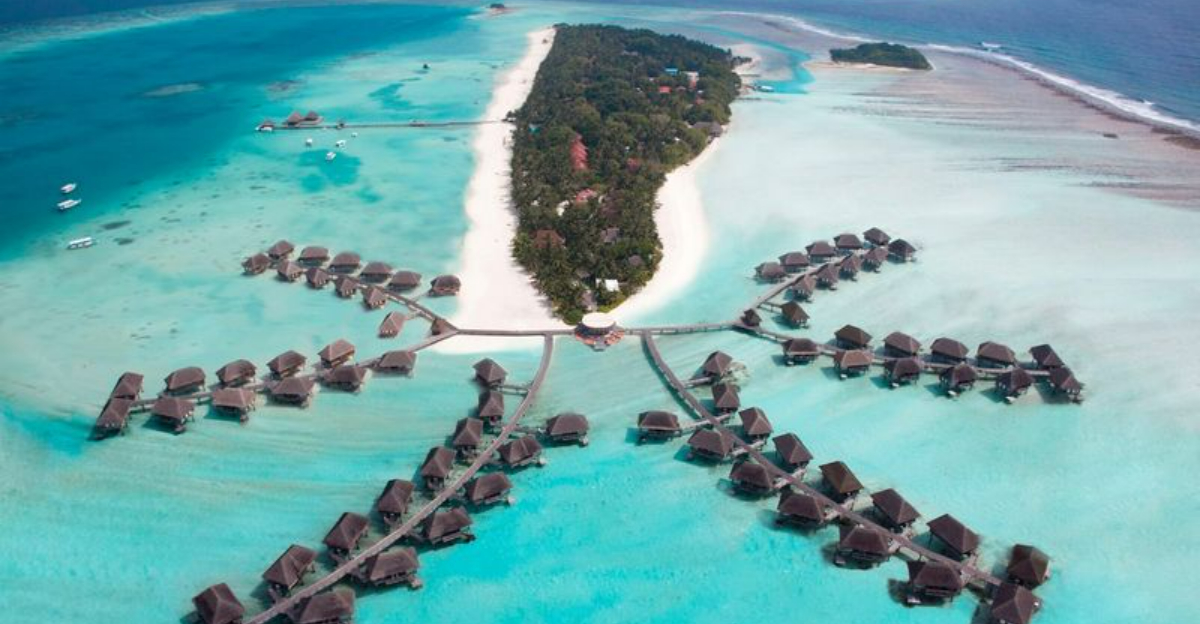
Our planet’s most beautiful island paradises are disappearing right before our eyes. Rising sea levels caused by climate change are slowly swallowing coastlines, threatening communities and ecosystems that have thrived for centuries.
From the South Pacific to the Caribbean, these once-pristine destinations face an uncertain future as waters continue to rise at alarming rates.
1. Tuvalu: Nine Islands Fighting for Survival
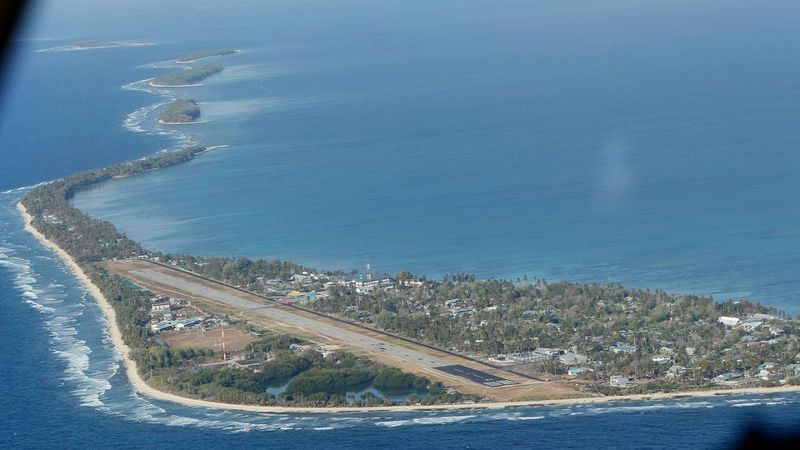
Walking through Tuvalu’s capital Funafuti, you’ll notice seawater bubbling up through the ground during high tides. This nation’s highest point is just 15 feet above sea level, making it especially vulnerable to rising waters.
Children play in puddles of seawater that regularly flood sports fields and roads. The airport runway, vital for supplies and evacuation, frequently floods during king tides.
Despite contributing almost nothing to global carbon emissions, Tuvalu bears the brunt of climate change, with projections suggesting it could disappear completely within 50-100 years.
2. Marshall Islands: Nuclear Legacy Meets Climate Crisis

Having already endured nuclear testing, the Marshall Islands now face erasure from rising seas. The capital, Majuro, is only 300 feet wide in most places, with ocean on both sides.
Storm surges regularly wash across entire islands, destroying homes and contaminating limited freshwater supplies. Many locals have already relocated to the United States, creating climate diaspora communities in Arkansas and Oklahoma.
Without significant sea walls or elevation projects, experts predict most of the Marshall Islands could become uninhabitable within decades due to regular flooding and saltwater intrusion.
3. Solomon Islands: Five Islands Already Gone

Since 2016, five of the Solomon Islands have completely disappeared underwater, shocking even climate scientists with the rapid pace of change. Villagers from Ontong Java Atoll have been forced to relocate as saltwater kills their crops and contaminates drinking water.
Coastal erosion happens so quickly here that some families have had to move their homes multiple times within a single generation. Ancient burial grounds and cultural sites now sit underwater, severing connections to ancestral lands.
The loss of these islands represents more than just land—it’s the disappearance of centuries of culture and tradition tied to specific places.
4. Fiji: Relocating Entire Villages

More than 40 Fijian villages have already been relocated inland due to rising seas, with hundreds more at risk. The village of Vunidogoloa made headlines as one of the first planned climate relocations, moving their entire community uphill.
Saltwater intrusion has destroyed traditional taro patches that sustained generations. The government now has a formal relocation fund specifically for climate-displaced communities.
While Fiji has higher elevations than some Pacific neighbors, its coastal areas where most people live and work are increasingly threatened by stronger cyclones and storm surges intensified by higher sea levels.
5. The Maldives: Paradise on Borrowed Time
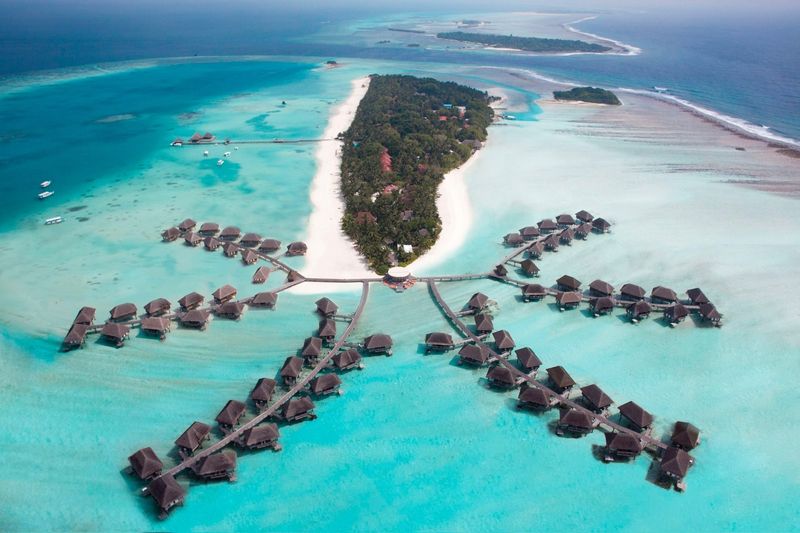
You might want to book your trip soon, as this stunning archipelago sits only 4 feet above sea level. The government has already purchased land in other countries as a contingency plan for its citizens.
Locals are fighting back with innovative solutions like artificial islands and floating solar panels. Did you know the Maldives held an underwater cabinet meeting in 2009 to highlight their plight?
Every passing year brings the ocean closer to claiming these 1,200 islands, with scientists predicting most could be uninhabitable by 2050.
6. Palau: Coral Paradise Going Under
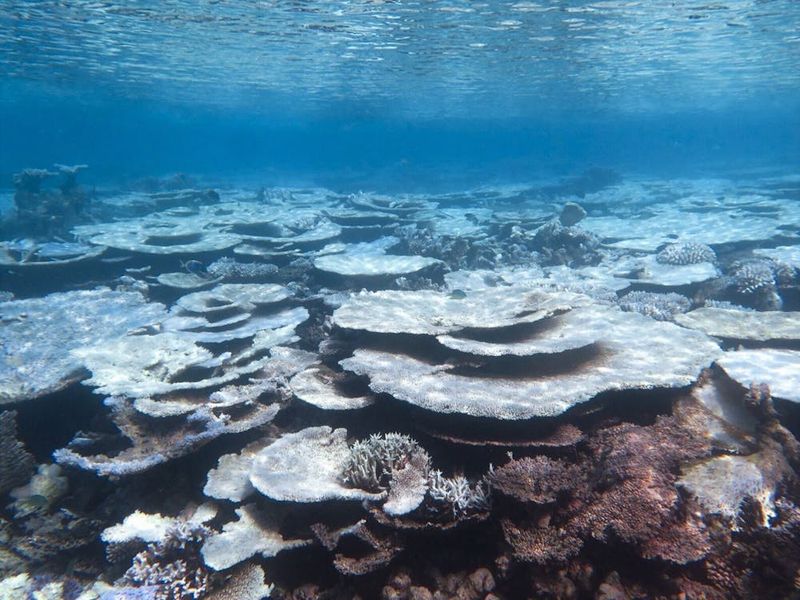
Famous for its spectacular Rock Islands, Palau is watching as rising seas and warming waters deliver a double blow to its existence. Coral bleaching has already damaged 50% of reefs that protect the islands from wave erosion.
The nation has created the world’s first marine sanctuary specifically designed to help adapt to climate change. Beach areas where endangered turtles nest are shrinking yearly, threatening crucial breeding grounds.
With tourism accounting for 85% of Palau’s economy, the loss of beaches and coral reefs represents not just environmental damage but economic catastrophe for this Pacific nation.
7. Kiribati: The First Climate Change Refugees

Fresh water is becoming increasingly scarce as rising seas contaminate groundwater supplies throughout this Pacific nation. The government purchased 6,000 acres in Fiji as a potential new home for its 110,000 citizens.
Many coastal villages have already been abandoned, with families forced to relocate inland. Coconut trees that once thrived now stand dead in saltwater.
Former President Anote Tong famously said his people might need to migrate with dignity rather than wait until they’re forced to flee as climate refugees.
8. Carteret Islands: The World’s First Climate Refugees
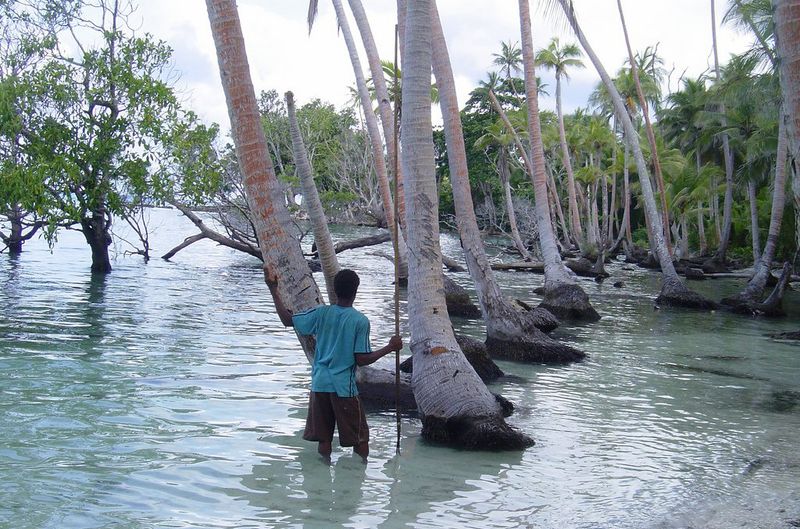
Sometimes called the world’s first true climate refugees, Carteret Islanders began organized relocations in 2009 when rising seas made life untenable. Food security became impossible after saltwater contaminated gardens that had fed generations.
The islands now regularly split into smaller sections during high tides, forcing residents to wade between previously connected areas. Despite international attention, funding for relocation efforts has been inadequate, leaving many families in limbo.
By 2027, experts predict these Papua New Guinea islands will be completely submerged, erasing a unique culture and way of life developed over thousands of years.
9. Torres Strait Islands: Australia’s Frontline

Between Australia and Papua New Guinea, these islands are experiencing such severe flooding that residents filed a human rights complaint against the Australian government. On Saibai Island, graves are being washed away as seawater floods the cemetery during high tides.
Ancient cultural sites dating back thousands of years are disappearing underwater. Many residents refuse to leave despite the danger, citing deep spiritual connections to their ancestral lands.
The islands represent a unique cultural bridge between Aboriginal Australian and Melanesian traditions, making their potential loss particularly devastating to Indigenous cultural heritage in the region.
10. Tangier Island: America’s Disappearing Community
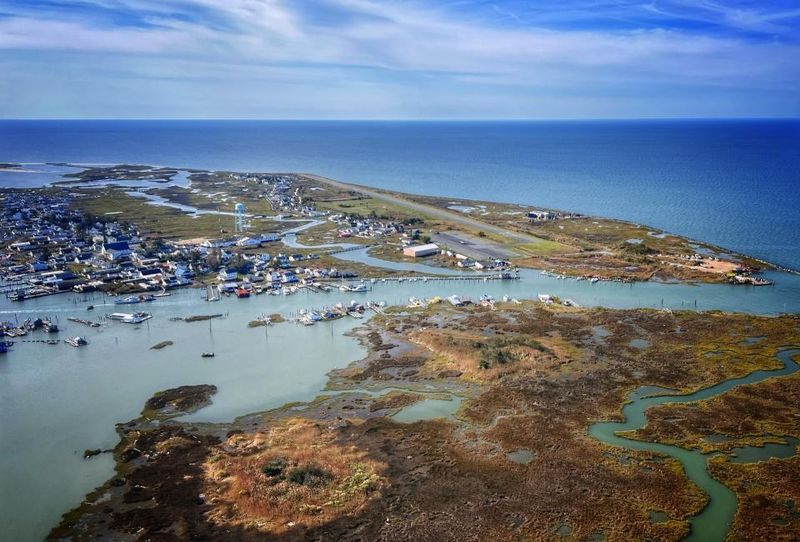
Just a few hours from Washington D.C., this Chesapeake Bay island loses 15 feet of shoreline annually. Residents speak a unique dialect dating back to colonial times that may soon exist only in linguistic archives.
Many families can trace their ancestry on the island back to the 1700s, creating deep-rooted resistance to relocation. The island’s church now regularly floods during storms, with congregants sometimes attending service in rubber boots.
Without major intervention, the entire community—and its distinctive culture and dialect—could vanish within 50 years, becoming one of America’s first climate change ghost towns.
11. Shishmaref: Alaska’s Melting Village
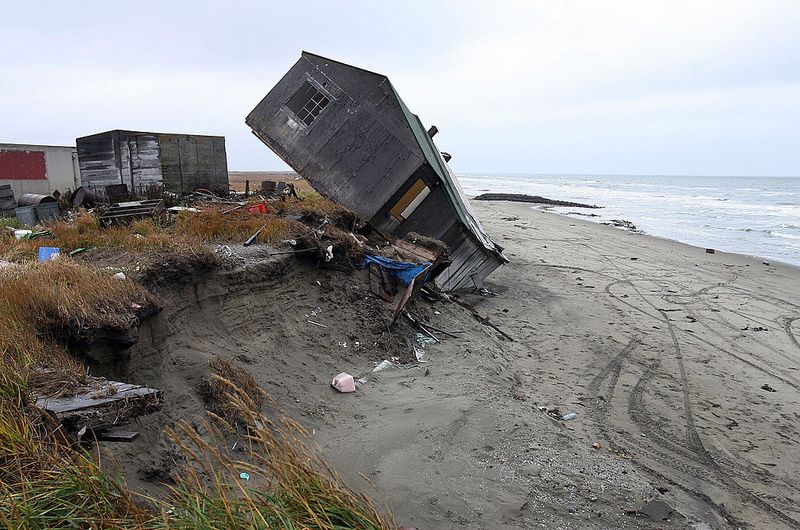
Traditionally, frozen ground and sea ice protected this Inupiat village from coastal erosion, but warming temperatures have changed everything. The permafrost that anchored the community is thawing, literally causing the ground to sink beneath buildings.
Hunting and food storage practices developed over thousands of years no longer work with unpredictable ice conditions. In 2016, residents voted to relocate their entire village, but federal funding has been insufficient to complete the move.
Each passing year brings more dangerous conditions, with some homes already fallen into the sea during storms that the previously frozen coastline would have withstood.
12. Ghoramara Island: Bengal’s Disappearing Delta

Since the 1950s, this Indian island has lost more than half its landmass, shrinking from 9 square miles to just 2. The population has plummeted from 40,000 to fewer than 3,000 as families abandon homes that are literally washing away.
Rice fields that sustained generations now lie underwater, destroyed by saltwater intrusion. Children must travel by boat to mainland schools as the island’s only school closed due to declining population.
Many displaced residents end up in slums in nearby Kolkata, trading rural self-sufficiency for urban poverty as climate refugees within their own country.
13. Moken Islands: Sea Nomads Losing Their Home
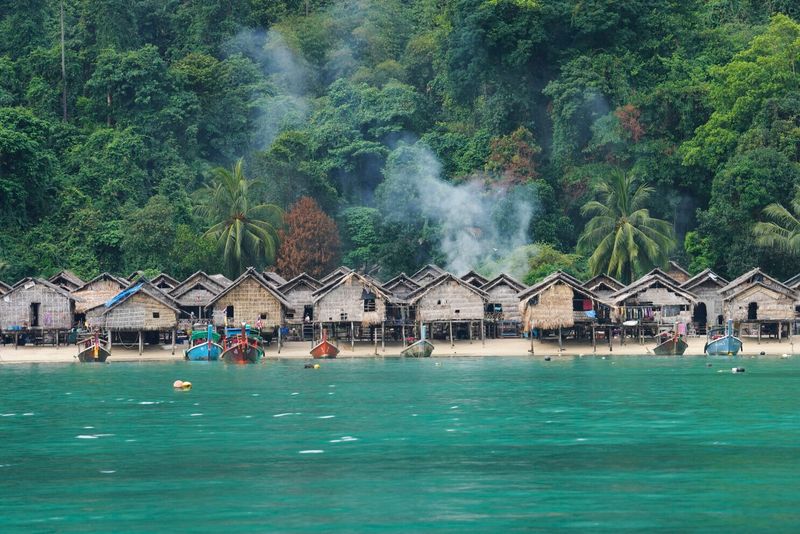
For centuries, the Moken people lived on boats around islands in Thailand and Myanmar, coming ashore only seasonally. Rising seas and government settlement programs have disrupted this traditional lifestyle, forcing permanent land settlement.
Many islands where they traditionally harbored during monsoons now disappear completely during high tides. Their intimate knowledge of the sea helped them predict the 2004 tsunami, but even this knowledge cannot protect against the slower disaster of rising seas.
With each submerged island, ancient songs and stories tied to specific reefs, bays, and beaches lose their physical reference points in the world.
14. Vanikoro: Remote Pacific Outpost Fading Away
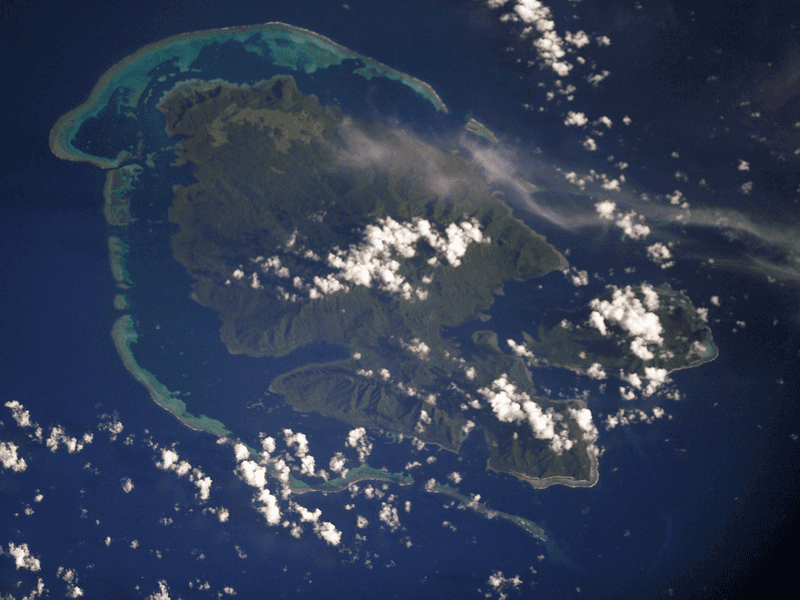
Famous as the site where French explorer La Pérouse’s expedition ended in shipwreck, this Solomon Islands outpost is now being claimed by the same sea that claimed those explorers. Coastal villages have moved inland three times in living memory.
The island’s unique biodiversity, including species found nowhere else on Earth, faces extinction as habitat shrinks. Salt-resistant crops introduced by aid organizations have had limited success against increasingly frequent inundation.
Despite its remote location, Vanikoro represents the universal climate justice issue: places that contributed least to carbon emissions often suffer first and most severely from their effects.
15. Tegua: The First Official Climate Evacuation

In 2005, this small Vanuatu island made headlines as the UN recognized its evacuated village of Lateu as the first official climate change refugees. The community relocated just 600 yards inland—but on an island this small, that was a significant move.
Salt-resistant taro varieties are being cultivated as traditional crops fail in increasingly saline soil. Children now learn about climate change in school, understanding their island’s precarious future from an early age.
Despite successful relocation, each king tide and storm brings water closer to the new settlement, raising questions about how many more times the community can retreat on their shrinking island.
16. Nuatambu: Half Gone in Five Years
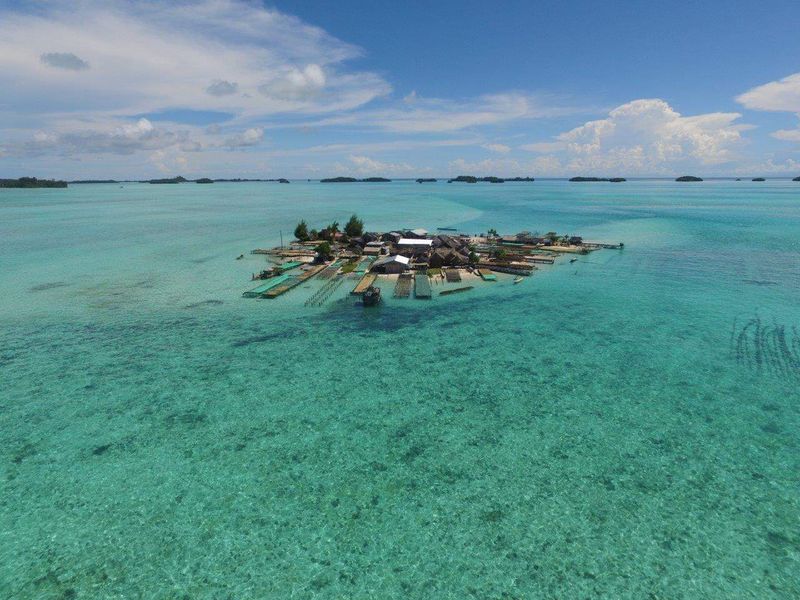
Between 2011 and 2016, this Solomon Islands community lost half its habitable area, shocking researchers with the pace of destruction. Thirty-seven homes have been destroyed, forcing families to relocate to the larger island of Choiseul.
Ancient trees that once marked clan boundaries and sacred sites now stand dead in seawater. The island’s freshwater spring, central to community life for generations, has been contaminated by saltwater intrusion.
What makes Nuatambu particularly significant is how it contradicted scientific projections—the island began disappearing decades before models predicted, suggesting sea level rise may be accelerating faster than anticipated.
17. Fongafale: Thinning at Both Ends
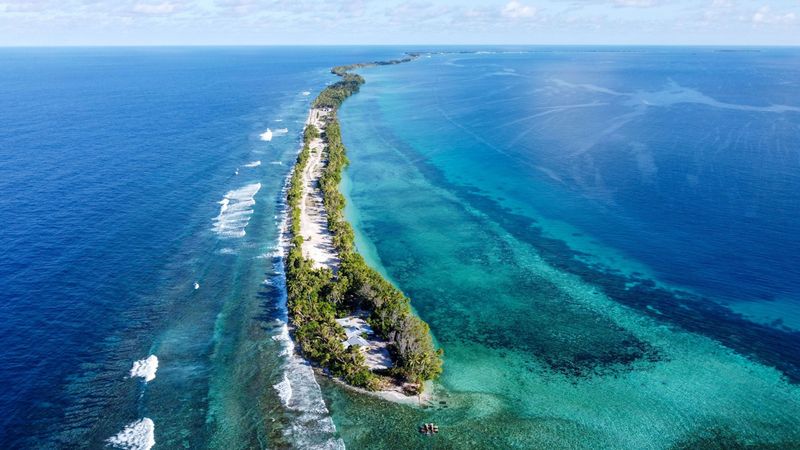
As the main island of Tuvalu’s capital atoll Funafuti, Fongafale represents the frontline of climate change in the Pacific. The island is so narrow that during king tides, water often flows straight across it, from ocean to lagoon.
Groundwater is now too salty to grow traditional crops, forcing reliance on imported food. The airport runway—vital for supplies and potential evacuation—regularly floods during high tides, sometimes canceling flights.
Despite these challenges, the community has created innovative floating gardens and installed solar desalination systems, showing remarkable resilience in the face of existential threat.
18. Huvadhu Atoll: Maldives’ Southern Treasure
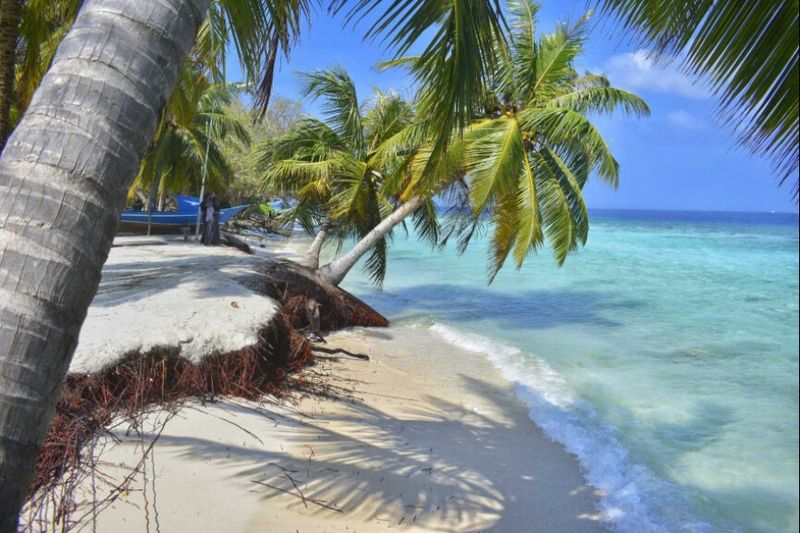
Home to some of the Maldives’ most pristine reefs, this atoll is experiencing beach erosion at rates that alarm even seasoned environmental scientists. Local island councils now spend up to 30% of their budgets on sea walls and coastal protection.
Traditional coral rock houses are being abandoned for concrete structures that better withstand flooding. Fishermen report having to travel farther as nearby reefs die from warming waters, threatening both food security and livelihoods.
Unlike more developed Maldivian atolls, Huvadhu lacks resources for extensive artificial islands or land reclamation, making its communities particularly vulnerable to displacement.
19. Huene: Papua New Guinea’s Vanishing Culture

This small island off Papua New Guinea’s coast has already lost several ancient ceremonial grounds to the rising sea. Unique cultural practices tied to specific coastal landmarks face extinction as those physical places disappear underwater.
The community has split, with some relocating to the mainland while others refuse to leave ancestral lands. Local carvers who produced traditional art for generations now create pieces documenting their island’s slow disappearance.
Without intervention, cultural knowledge passed down for thousands of years—including navigation techniques, weather prediction, and traditional medicine tied to local ecosystems—will vanish along with the physical island.
20. Kandholhudhoo: The Island That Surrendered
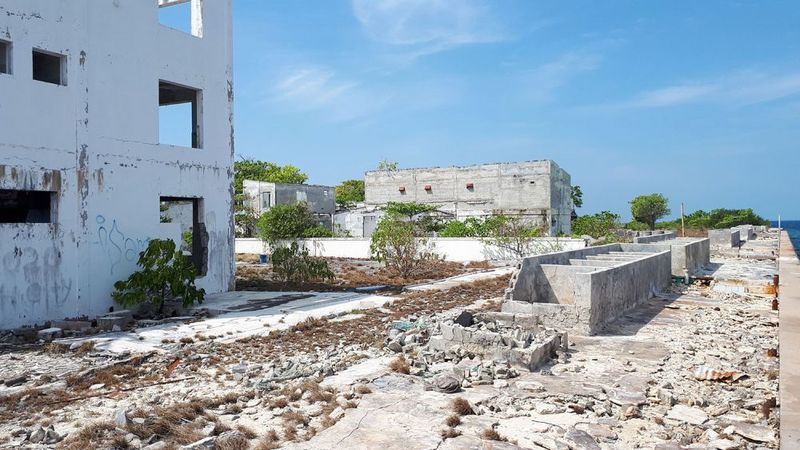
After being devastated by the 2004 tsunami, this Maldivian island became one of the first to be completely abandoned due to climate change and rising seas. The entire population relocated to Dhuvaafaru, an artificial island built specifically for them.
Today, Kandholhudhoo stands as a ghost island, with empty buildings slowly claimed by the rising ocean. Former residents still make pilgrimages to visit family graves, though many are now underwater during high tides.
The island represents both tragedy and adaptation—a community forced to leave their ancestral home but successfully transplanting their culture and community to a new location.
21. Carteret Atoll: Papua New Guinea’s Frontline
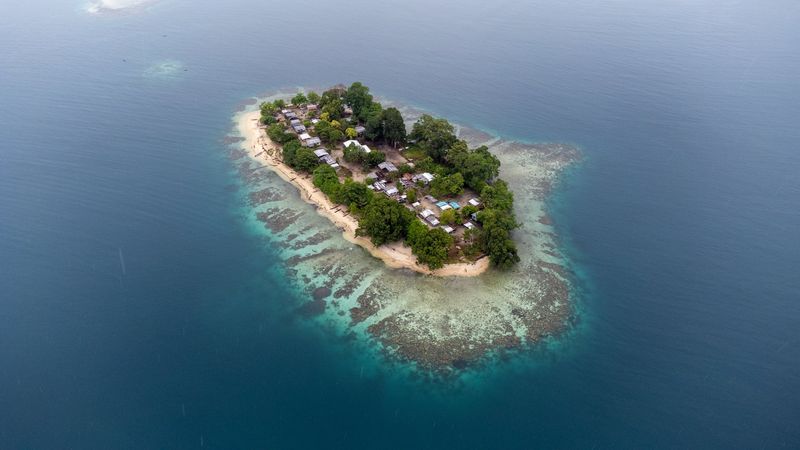
Beyond the main Carteret Islands, this atoll consists of smaller islets that are literally breaking apart with each passing year. Gardens that once produced abundant taro, a staple food, now yield nothing as saltwater has contaminated the soil.
The community’s traditional outrigger canoes, once used primarily for fishing, now transport building materials salvaged from abandoned homes. Children learn swimming before walking, an adaptation to their increasingly aquatic environment.
Despite international coverage of their plight, residents report feeling forgotten by the world as they face the daily reality of watching their homeland slowly disappear beneath the waves.
22. Svalbard’s Disappearing Ice Kingdom

Norway’s Arctic jewel is melting four times faster than anywhere else on Earth. The archipelago’s glaciers are retreating at unprecedented speeds, causing land to literally sink as ice weight diminishes. Indigenous wildlife like polar bears now swim for days searching for stable ice.
Longyearbyen, the northernmost town with over 1,000 residents, faces crumbling infrastructure as permafrost thaws beneath buildings. Homes constructed on what was once permanently frozen ground now tilt precariously.
Scientists predict 7°C temperature increases by 2100, potentially transforming this floating ice kingdom into open water. The Global Seed Vault, humanity’s doomsday backup for crop diversity, ironically faces flooding from the very climate disaster it was built to protect against.
